Last week, I shared an introduction to me, my motivations, and my risk equation. A Twitter conversation prompted the last of these, and it felt like an appropriate topic to share when establishing my investment style on a new website. In a way, it reveals what you can expect from me as a writer for the weeks and months to come.
But I’ll admit I got ahead of myself a bit. I began delving into the how before first covering the what. In other words, I haven’t even revealed what my current portfolio distribution looks like and how I came to these positions. Such an introductory piece is certainly merited, as it gives a baseline for future discussions. Additionally, the topic overlaps nicely with my general approach to resource allocation in MTG finance—a strategy I picked up from one of the greatest investors of all time.
Perhaps it is most appropriate to share the latter while integrating examples of the former throughout the column.
The Oracle of Omaha
If I had to choose one particular influence in how I structure my investment portfolios—both in Magic cards and in stocks—it would have to be Warren Buffett. The Oracle of Omaha has been a successful, active stock picker for many decades. While it is cumbersome to establish a basis for his entire strategy here in one column, I will take the liberty to highlight a few key mantras I’ve picked up through my research.
- Find the right value at the right price.
- Stick to what you know.
- Take advantage of extremes.
- Know the management team.
Applying these strategies to stock picking is trivial and systematized already. But did you know they are also highly correlated to how I conduct my MTG investing as well?
For example, consider the value equation and taking advantage of extremes. If I am confident a given MTG card or item is destined for an upward trajectory over long periods of time, then I’m most intrigued by that opportunity. The key, of course, is choosing your entry.
This is exactly how I approached my investment in shocklands. Recognizing the growth of the Modern format and WOTC’s dedication to helping it grow, I decided a sizable investment in shocklands was a wise move. Furthermore, the cheapest shockland during Standard block—Steam Vents—was also the cheapest for quite a while. Copies could be had for below $7 at one point!
The disconnect was that Steam Vents was one of the most played shocklands in Modern. Yet the card’s price was beaten and battered due to the high Return to Ravnica print run and the low Standard demand. Opportunity was knocking, and when I bought deeply into shocklands, I made sure to go deepest on Steam Vents.
The bet paid off to an extent. Just a couple years later, Steam Vents hit retail pricing nearing $14 and buylists have exceeded the low reached right around the release of Dragon’s Maze. This represents a nearly 100-percent gain from trough to peak. That was enough for me, and I rang the register at a recent Star City Games Open.
I noticed an extreme, I considered the long-term utility of the card, and made my bet accordingly. Warren Buffett would have been proud.

Of course, the other shocklands haven’t responded nearly as well, much to my disappointment. Abzan strategies are ubiquitous in Modern thanks to the printing of Siege Rhino, yet the shocklands corresponding to black, white, and green have barely moved. Overgrown Tomb from Return to Ravnica is flirting with its all-time low established back in May 2013.
Would this worry Warren Buffett? Not at all. He recognizes that the market often takes time before realizing the mispricing of a given asset. Therefore, in a similar vein, I choose to sit on my copies and wait for the appreciation I’m confident will come. And if prices linger below $7, I may buy even more. This is why shocklands remain a top holding in my portfolio.
Stick to What You Know
Because I track the Modern metagame closely, investing in shocklands is a large bet I continue to make with confidence. I understand how the format works—particularly when it comes to mana bases—and I use this knowledge to strategize how I invest. I also recognize the risks associated with this investment and I am comfortable with the potential upside versus the downside risk.
This is directly related to another strategy of Mr. Buffett’s: sticking to what you know. Rather than chase the trendy stocks, such as 3-D printing or Chinese internet companies, Buffett prefers to invest in companies with tried-and-true strategies, large “moats,” and a history of consistent profit growth. Coca-Cola remains in Warren’s portfolio not only because of its dominant market position and global brand recognition, but also because he understands the company’s business model: make delicious soda consisting primarily of water; find an inexpensive way to bottle the product and distribute it globally; profit.
Do you believe me when I say this strategy is also directly applicable to Magic finance too? I use it all the time!
You may have heard me claim ignorance of Standard in the past. Nine times out of ten, the format bores me, and the constant fluctuation in which cards are legal and which aren’t can be bothersome. One month you could be battling with the best deck in the format, and then a new set could come out with cards that completely redefine the format. Worse yet, Standard could rotate, nullifying half your deck.
Because I avoid researching Standard, I also tend to avoid investing in cards from the format. Sure, I’ve had some successes in the past: the Innistrad checklands, Terminus, and a few others were very profitable for me. But I’ve also missed nearly as often as I’ve connected, making Standard a very suboptimal investment area. I simply can’t predict which cards will be good enough. The only buying of Standard you’ll likely see me do is pick up cards on the cheap for a quick flip during a pro tour or new set release. I almost never buy deeply into anything Standard.
On the other hand, I’ve done thorough research on sealed booster boxes. Over time, I was able to identify which sets were most attractive for investing. Once I was confident that certain boxes were undervalued and destined to go higher, I made my buys. The most significant investments I made were in Innistrad and Return to Ravnica booster boxes, though I dabbled in a few other sets as well.
The Innistrad boxes paid off very well, and every one of mine are already sold.
Although I did make profit on this venture, I’ll be the first to admit I sold way too prematurely. With cards like Snapcaster Mage and Liliana of the Veil hitting record highs, and the set being one of the most enjoyable to draft of all time, I should have trusted my gut and held longer. A tough lesson learned, but one worth exploring more deeply in a separate article.
What I did manage to hold onto are my Return to Ravnica booster boxes. This set was also talked highly of by Limited aficionados, and the set contains an array of eternal favorites including shocklands, Abrupt Decay, Deathrite Shaman, and Supreme Verdict. While none of these cards have hit the same price point as Snapcaster Mage, they all have significant upside as the set ages further. Eventually, these will hit a turning point and boxes will move higher. In fact, they’ve already shown some appreciation—when I bought in, it was around the floor price of $80 to $85. Now boxes are consistently selling for just above $100. It won’t be long before these go even higher, just like every booster box with eternal cards and a good drafting reputation. Applying this insight after thorough research has helped me make well-informed investment decisions.
Of course, investing in booster boxes isn’t all sunshine and roses. There are some major pitfalls I have also learned about. I’ll share details in a separate article some time, but I wanted to add this disclaimer here before a reader gets trigger-happy and randomly buys ten Khans of Tarkir boxes or something. There’s a reason I’m not buying more boxes at this point in time: the investment could still pay off, but I think there are better opportunities elsewhere. The key is sticking to what you’re most comfortable with.
Know the Management Team
You may be wondering how I could possibly tie this Buffett-ism to Magic investing. Sure, it’s good to have trust in a CEO like Bob Iger who has helped Disney grow substantially over the past few years. But there really isn’t any “management” team in Magic, is there?
Perhaps not precisely, but there is a parallel. Consider who the key decision makers are, and you can begin to understand their motivations. These motivations could have a profound impact on MTG investment choices.
Allow me to elaborate. Who is the “boss” of Magic? If you ask me, I’d venture that the Hasbro management team is the answer. They’re the ones cracking the whip and demanding certain profit numbers be hit by the WOTC team. So when they demand consistent profit growth of their brands, WOTC does what it can to deliver.
And boy, oh boy, has the company succeeded: recent sets have been blockbuster hits and supplemental products like Commander and Modern Masters have bolstered sales even further.
Of course, sales are surely augmented when Wizards dangles a carrot in front of us, right? Khans of Tarkir was hugely attractive because of the Onslaught fetchlands that were reprinted in the set. Commander products give us cards like Containment Priest and Flusterstorm, sure to delight any Legacy player. And I don’t have to tell you how easy it is for Wizards to sell a product with $200 Tarmogoyfs in the mix.
In other words, Wizards knows that reprinting money cards and creating new staples results in more product sold. That’s the management team on which I am focusing. It is their motivations that inform my investment decisions.

So how am I using this information to allocate MTG resources? WOTC continues to focus on reprinting to improve barriers of entry for Modern and, to a lesser extent, Legacy. Therefore I’m focusing resources on eternal staples which are either a) likely to dodge reprint in the short term (e.g., shocklands), or b) guaranteed to dodge reprint (e.g. dual lands).
In fact, the largest position in my entire portfolio—exceeding my shockland and booster box holdings—is my dual land position. I completely understand what drives their demand, I believe in their long-term price growth, and I know “management” won’t reprint them. It may take some patience, but dual lands have to be some of the safest investments one could make in MTG at the moment. And with recent pullbacks in pricing, certain duals are the most attractive they have been in many months.
These two duals in particular have drifted lower since their peaks in May 2014. Just because white-green and blue-green strategies are out of favor at the moment doesn’t mean they can’t ever return to center stage. Legacy is an eternal format, and I have to believe eventually the metagame will shift yet again, yielding to new dominant strategies. For now it’s red-blue strategies that seem to show up most frequently, but in the future, who knows? All I know is that I want to build up my position of duals now while they’re flat, so that I have them during their next inevitable spike. As long as “management” stays true to their word and doesn’t reprint these cards, then we can be confident in their long-term success.
Wrapping it Up
Hopefully, this Wall Street-centric approach to MTG investing makes at least some sense. To me, it’s the most logical approach. I could try chasing the buyout of the day or flipping cards quickly for short-term profits. I could also try the slow, steady grind, trading with the sharks at major events. But both of these approaches are time-consuming and arduous.
I would much rather use my time wisely by investing in cards with good long-term value, confident growth, and a wide moat. I trust in an investment like dual lands because I don’t think they’ll ever be outclassed and their demand is very steady while supply marches lower little by little over the years. This same reassurance just isn’t available for a short-term investment.
And when I find these opportunities—especially the ones with high upside potential and low downside risk—I make a decisive move. In a way, this is also related to a Buffett type of strategy. Once we find a great opportunity, we shouldn’t be afraid to move in with our resources. Consider how Buffett’s current stock portfolio is very heavily weighted towards four individual stocks, making up 62 percent of his portfolio!
I follow this same weighted approach in my own stock investing. But I also allow this principle to guide my MTG investing as well. This is the reason I’ve got over 50 percent of my total MTG portfolio tied up in three primary investments: shocklands (foil and nonfoil), Return to Ravnica booster boxes, and dual lands. These are three asset classes I’m confident in, and so I’m allocating my resources appropriately. While I have plenty of smaller bets, just like Buffett, I try to place larger amounts in the areas I feel best about.
I may not make the most profit ever by following such a conservative approach, but I know I won’t be losing money either. And seeing as my goal is to make money to fund a college education, I can’t afford to be losing money too often. Therefore, I won’t be deviating from my strategy any time soon—in both my stock market and my MTG market investments. To do so would be bad for business.
…
Sig’s Quick Hits
- Want to play blue-black in Tiny Leaders? Don’t look to Star City Games, then—they’re all out of the only blue-black leader legal in the format: Sygg, River Cutthroat. They’ve been sold out of the creature for weeks now with that same $6.19 price tag. I’m waiting for the inevitable price bump.
- Ad Nauseam strategies seem to be showing up a little more frequently in Legacy top eights since the banning of Treasure Cruise. Perhaps this is why Lion’s Eye Diamond is once again sold out at SCG with a price tag of $86.29. As long as it doesn’t get banned, you could do worse than to pick up a copy or two in trade if you’re looking for a long-term investment beyond dual lands.
- Need Rift Bolts for your Modern Burn deck? You’re not going to find any at Star City Games. Despite being reprinted a couple of times, the card is completely sold out at the major retailer. Prices range from $1.85 for the MMA copy to $3.99 for FNM and Time Spiral versions.

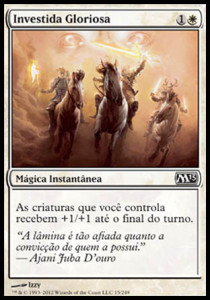
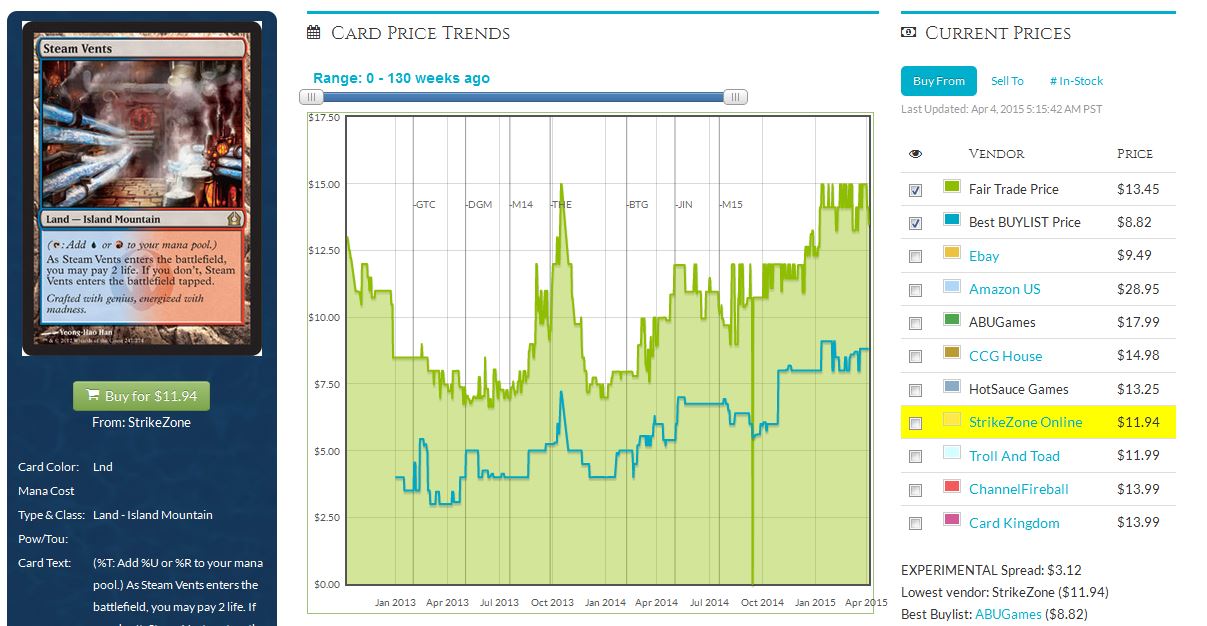
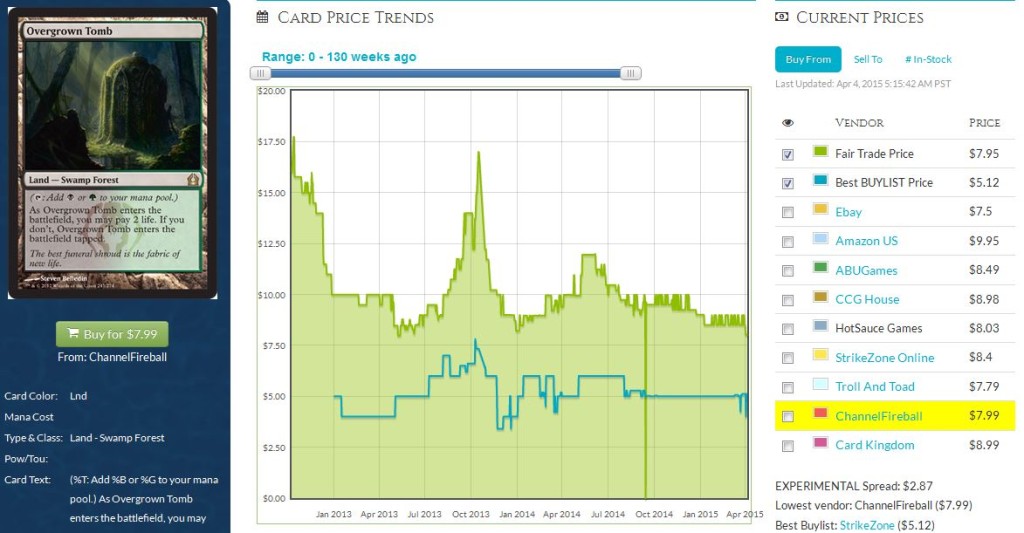
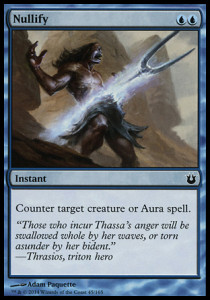
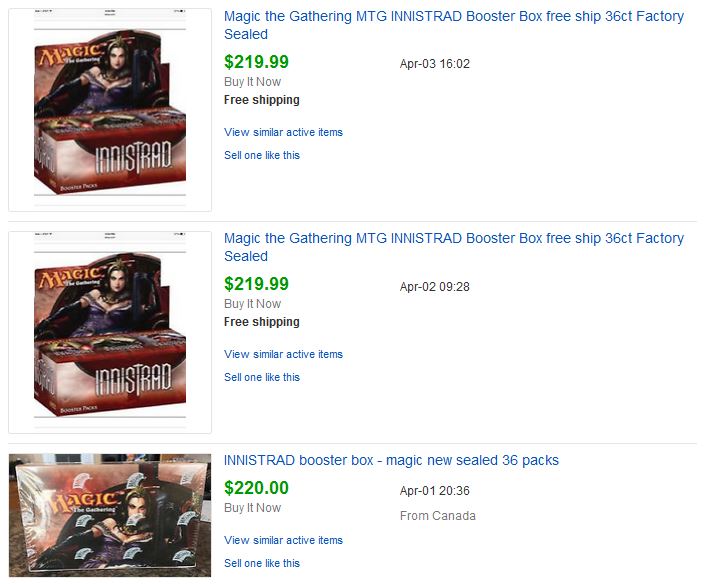
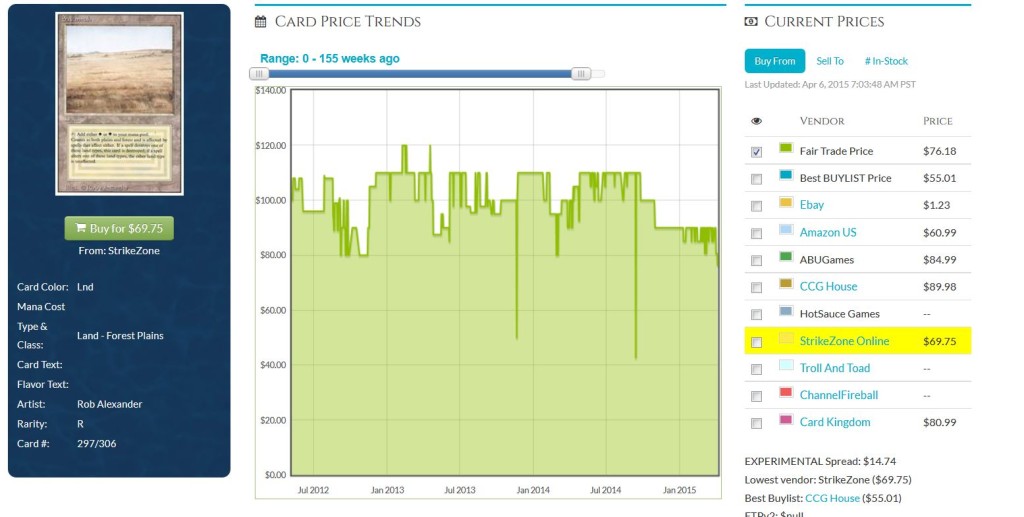
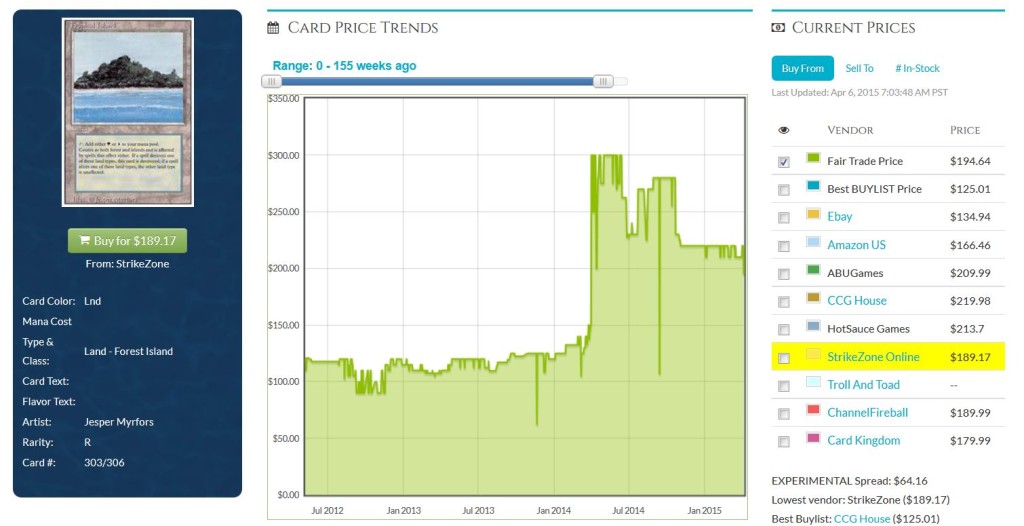
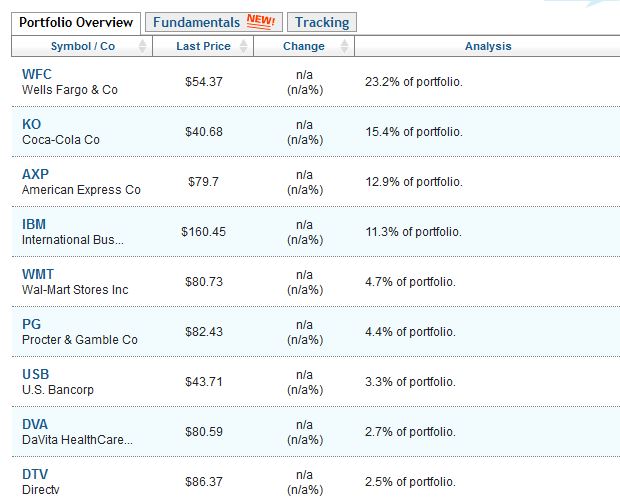
Fantastic article Sig. I actually have been moving to this approach to the market. I’m not one to chase specs, rather take that money and invest in safe more lucrative “stocks”. I don’t fancy myself a day trader.
That all being said, I still like acquiring foil cards with low multipliers. 😀
Thanks for reading and sharing your thoughts! I don’t mind taking advantage of small arbitrage opportunities – the typical buy at the old price during a spike and sell at new price approach. But I don’t do that on large scale – it’s a TON of effort and there’s risk that you may be the one left holding the bag.
By placing large bets in steady assets, I reduce my risk significantly and look towards slow-and-steady gains to drive portfolio growth. It may not be the most glamorous nor the most profitable, but for me it has a very attractive risk/reward balance.
Foils are a separate animal, in a way. I’ve been slowly getting more into foils myself because they have such high ceilings. Maybe you can teach me a thing or two about how to approach foil investments? 🙂
My door is always open!
I’m still trying to figure it out myself, it’s quite the phenomenon that goes on, largely unnoticed sometimes.
Yeah, obviously those circumstances are still great, (buying pre-spike and selling for example/short selling pre-orders) but investing in steady assets will usually always be a great investment. Might not be the most glamorous, but I’ve been really trying to shift to that.
Not the most glamorous, but low effort and low risk if you play your cards right (pun intended).
Great article again! You’ve piqued my interest in this topic lately, so I have a few questions about dual lands today.
First, are you focusing entirely on revised duals?
Revised duals seem like they’ll be easier to move long-term than Unlimited because of the difference in price point. Is this the right way to be thinking about these long term?
Are you buying them at all different levels of condition or focusing on mint cards only?
Thanks for commenting, Michael! I really do appreciate your positive feedback.
For now I’ve been focusing on Revised Duals. You’re right in that they are the most liquid and easiest to move, even though they don’t look quite as nice as Unlimited Duals. And they are cheaper, meaning I can buy the same number of them while laying out less cash. These are both attractive to me.
The bid/ask spread on black bordered dual lands would be far too wide for me (i.e. nailing down a precise price on any given day is nearly impossible). Beta duals may have the most upside potential, for all I know. But they’re too steep for me and I’d rather be in something more liquid and that I could potentially play without fearing a $1000 loss because of a mistake in shuffling. 🙂
NM Duals probably have the best growth prospects, but I find moving SP and MP Duals isn’t too difficult either. Buy listing them may be trickier, but selling to others privately seems to go just find. Many people seeking Duals just want them to play with, and as long as they’re not ripped in half, bent too badly, or signed you’ll find they’re generally in demand. That liquidity is important to me.
Thanks for your questions! Hope to see more comments from you in the future!
Sig
What’s your opinion about the khans fetch land s? 🙂
LOL talk about a much debated topic. Fetch lands are more in demand than Shocks, right? But more copies are being opened every day now, so the supply is still ever increasing. It’s a tough call, right?
I feel like they’ll always be liquid and you will never regret grabbing one in trade. But I also wonder if their price trajectory is largely flat for at least a year or two.
Personally, I have the fetches I need and a few extras – I’m not actively getting rid of them nor am I spending any cash on more at this time. Trading into them seems fine, if only for their liquidity.
How’s that for a political answer? LOL. What are YOUR thoughts? 🙂
Sigmund, my thought is that fetches should be better long-term than shock lands, and this is entirely based on usage.
Shocks are not played in legacy at all. Fetch lands are staples for both legacy and modern mana bases. In modern, decks will run 8-12 fetch lands and only play a few shocks that they need.
I think that the question for fetches is when to buy, and how long are we talking about holding them long term.
What do you think?
I certainly can’t argue about the utility of Fetches. They are definitely going to see more play ongoing. What concerns me is that they were so recently printed. Each new block has been selling more and more than the previous, meaning print runs must be getting exhaustively long on new sets. What will happen when Zendikar fetches are reprinted in Battle for Zendikar, and the market is flooded even further with fetch lands? This is going to apply plenty of downward pressure on prices.
Meanwhile even though Shock Lands aren’t played as much, they are slowly getting older and older. If they dodge reprint for another year or so, they could surely move higher behind strong Modern demand, right?
Maybe the answer is that neither are amazing investments? Or perhaps only foils are wortwhile since they’re much rarer? I can certainly see arguments against going deep in either of them…they’ll always be liquid and in demand, I’m just not sure how huge the supply is going to grow.
Perhaps this is why I like sticking with Duals 🙂
How do you feel about buying into supplemental product like Commander decks and Conspiracy? I know I got burned pretty bad when they decided to re-release the C13 boxes with multiple TNN decks, so that drawer of my room is pretty much wasted 😛 What’s your strategy for avoiding pitfall products or unexpected market flooding?
Josh,
You pose a very tough question, and one which merits lengthy discussion. Years ago, you could buy any supplemental product, throw it in a closet, and make money a few years later. Now with print runs so much higher, it’s not quite this easy. I’d be hesitant to advocate buying into anything supplemental such as the Commander decks and the like. WOTC is just making SO many of these since there are so many more players demanding them.
There may be exceptions, but I don’t feel well-equipped to find them with high enough confidence to buy in. So for now, I’m steering clear. Conspiracy boxes are intriguingly cheap, however…. 🙂
Hi Sigmund,
The Intelligent Investor and Security Analysis are in my bookcase, so it is no surprise that I enjoyed your approach and article last week and this week.
Knowing what you know and dont know seems essential. Last week I raised Damnation as a target – and note you were not sold. This week, Jarad Yost has agreed in his promo article that the chances of damnation reprint are practically zero for a few years and to grab it for casual demand. In hindsight, that does not make me right, as it is a guess – the area I know is modern. I do not claim to know EDH markets, or what outside factors claim damnation as a target. So this article is exactly on point – instead of splitting off onto many tangents and trying to be everything to everyone, sticking to the format you know seems essential.
I have two targets in mind, both from the same deck. They aren’t the safest of positions when compared to shock lands, but I think they have minimal downside with a potential for 3 to 4 times upside. The cards are:
a) Lord of Atlantis; and
b) foil Monastery Siege;
Each of these are dependent on picking them up for the right price.
Lord of Atlantis is a difficult card to reprint from a flavour perspective, due solely to the name. Master of the Pearl Trident is a functional reprint. Lord of Atlantis is played in multiple formats and extremely difficult to reprint other than in a supplementary tribal product. The question remains though – has it been reprinted too much in the past to ensure supply will always outstrip demand? Master of the Pearl Trident, is probably not a terrible pickup seeing both modern and legacy play in a deck. Although, Kiora having the potential to return to Zendikar with merfolk (kiora’s follower anyone?) puts the possibility of a merfolk reprint in the picture. She was expressly there to find monsters to fight the eldrazi – finding other merfolk would probably work.
Foil Monastery Siege – this is a stronger version of Kira, great glass spinner, in the same way that Outpost Siege is a stronger version of Chandra Pyromaster for Jund decks that are that way inclined. selected in the correct mode (dragons), it even protects itself. Add to that, it has seen recent play in legacy merfolk (which although I am not a legacy aficionado, when i see “sees legacy play” i look twice at the card). The foil multiplier of the card is too high at the moment, but surely if this drops a little or can be picked up on the cheap, it seems a fairly risk free proposition.
These are just my thoughts for the week. any input is greatly appreciated
Thank you so much for the thorough comment! I’m thrilled to hear there’s another Buffett disciple in the community :). Have you read One Up On Wall Street by Lynch? That’s another one I enjoyed and learned a decent amount from. Though I’ll admit the strategy does seem…boring. But the more I research, the more I learn that boring can often make for the BEST investments. Flashy stuff like Bosium Strip buyouts and Ojutai hype can make people money, sure. But there are plenty of LOWER RISK ways to make bank over the long haul.
Of the two ideas you mentioned, I think I’d like Lord of Atlantis more. How expensive are the foils of that card? Probably a fortune, but to your point – what kind of downside actually exists? WOTC had their chance to reprint it, and they chose not to. Surely that’s a compelling argument…I LOVE this idea.
As for the other – I’m not going to claim I know enough to make a call there.
I would encourage you to head into the Pro Trader forums and join in the discussion there if you haven’t already. For $5 you can create new threads sharing your ideas, and many of the writers here at MTG Price will share their thoughts. This way you get to tap into everyone’s expertise, and not just one person’s. Just my biased opinion :).
Hope to see more insightful comments from you in the future. Thanks again!!!
Sig
Great article!! Really enjoyed it and it’s making me think if I’m spreading myself too thin with my investments in the Magic stock market. My main targets are Foil Legacy Staples that I think are undercosted, Foil fetches, and unopened boxes and fat packs which has been my thing for several years. My least accurate and most volatile items of “investing” are on Standard cards and new releases. I “hit” on Thunderbreak Regent, foil Outpost Siege, Stoke the Flames, and Tasigur but a card like Thunderbreak is already due for a reprint and I just have a feeling Tasigur is getting one within the next year cause Wizards likes to reprint the heck out of good rares to sell bad product ie $18ish Coursers in $20 Clash packs.
I play standard and like foils but you are right about one thing, I’m never checking the prices on the Dual lands from Revised I’ve started to acquire. I’m not worried if they fall $5-10 and I’ll never get the money back from them cause they are being reprinted or rotating or just not good in the format. I hit huge on buying Theros foils real low this past summer but I may have overvalued my Standard market sense…so thanks for making me think about what I’m doing with my Magic Investments.
And I do have a question or 2, as more of a box collector as mentioned I’ve done real well (although I haven’t sold them yet) on boxes like Rise of the Eldrazi, New Phyrexia, and Innistrad (I got super lucky and got 4 @ $100 each from a comic store) and Modern Masters but my Dragon’s Maze boxes I’m not expecting too much from and Conspiracy might be a permanent loss (cost avg $100 after starting closer to $120 to be honest). So question 1, when do u decide is the right time to sell or how should I approach selling? And RTR box prices are making me re-evaluate things as well, because with Modern staple Shock Lands and Legacy Staple Decay and Deathrite I would have expected the boxes to be $150ish by now…so question 2 is has Wizards finally started printing so much product that sealed boxes will not have the same investment value that they used to? Khans might have enough juice to be worth investing in, but even Gatecrash isn’t going up and Theros block boxes don’t seem too valuable either so Khans boxes might be the exception…thoughts?? Thank you and keep up the excellent work!
Spencer,
It sounds like I can learn a great deal from your areas of expertise! I wish I knew enough about Standard to pinpoint which opportunities have the most upside. Especially with foils, which can be real hit-or-miss in Standard. I hope to see more of your thoughts in the future! Glad this article is still useful to you, despite its purposeful avoidance of Standard :).
Sealed booster boxes are SO tricky right now. You hit the nail on the head with your questions: my fear is that WOTC is printing SO MUCH of the new sets that the upside in booster boxes could take years to realize. I just recently gave up on my Avacyn Restored Booster Boxes – it was so disappointing that after fees and shipping, I barely profited on these boxes after sitting on them for a couple years! That’s a horrendous ROI in the world of Magic. Heck, it’s horrible in the world of Wall Street, where the market has had 3 years straight of double digit gains. I am sitting on a bunch of Return to Ravnica Boxes, only to watch them inch up like a penny a day. It’s brutally slow.
I suppose it’s still one of the safest investments you can make, as boxes from good sets with Eternal staples really don’t drop much in price. But if the supply is just so large right now, it may mean dead money for years. If you’re ok with that, then I still think you will profit eventually. But I have to imagine there are better opportunities elsewhere.
Perhaps it’s time I write a thorough article covering my experiences with Booster Boxes. There’s a lot of overlap with what you said and my own experiences, and my convictions are growing by the day.
Thanks for the comment and questions!
Sig
Spot on about shocks and duals. I’m also heavily invested here. It is worth noting that even if the meta didn’t shift that lower priced duals are a rock solid hedge. As more players enter into Legacy the strain on USeas & Volcs will drive the price even higher. We’ll begin more players look to decks like Elves, Maverick, Dredge, Infect, Belcher and anything else not using upper end blue duals. Getting in on presentable Bayous in LP condition or better is a lock. Same logic applies to cards like LED. To a lesser extent I like decks using zero duals but reliant on tough to find staples. MUD reserved list artifacts notably. These will be slower but again, it’s as safe a hedge as it gets.
Tom,
Glad to hear I’m not the only one behind Duals. I don’t hear that much chatter about them these days, but I think that’s even more reason to buy into them. I’m picking up the boring cards while everyone gets excited about hyped up cards. Then when the tides shift and SCG bumps their Dual prices again, the tables will turn and we’ll be in a good position.
You’re right – less favorable Duals are always fine. I just think Trop has a better chance of going up $20 than Plateau does at the moment. 🙂
Thanks!
Sig
Great article, very enlightening as a rookie investor and MTG player. Something I can’t quite reconcile is the concept of cards being undervalued. By my understanding there is no real intrinsic value to compare cards to the way you can stocks, so how do you determine if a card is under/over-valued? Is that simply based on the assumption that cards will rise in the long run as more and more players pick up Magic? I suppose you can dividends to being able to play with the cards hah. Thanks for the good read!
You’ve made a very good point. In a commodities market, there really is no under/over valued. In a vacuum, the Invisible Hand finds the right price for any card. I think you find opportunities for investments not based on a card’s balance sheet or cash flow, but on its utility and likelihood for increasing demand / decreasing supply. It’s a bit more about speculation here, I’ll give you that much. All the more reason why I keep my MTG investing to a fixed amount while continuing to invest heavily in stocks.
I like your analogy of dividends = having fun playing with cards (and potentially winning tournaments!). Nice one!
That’s a good point about commodities, which seems to suit MTG. Perhaps in a sense it’s more like investing in small caps rather than bluechips!
Thanks, looking forward to your future articles!
Or even investing in oil! Uh oh, that’s a much scarier thought…scratch that ;-).
Thanks!
Sig
The Market – Reach Distrubtion option is just that – an option. Give away books like you
hand out business cards along with your business is sure to grow.
As well as getting a free of charge PDF creator, Open up Office is getting ready to
be completely built-in with Microsoft Office environment 2010.
I guess out of principle I have to respond to this, though I have a feeling it’s not legitimate. If it is, please accept my apologies but I don’t understand the purpose of the post.
Ummmm….yeah.
Hey Sig, thanks for your response above. Tough to have a long conversation on here plus I don’t know how much you check back on your article. I’ll try to catch up with you again on your next writings and I look forward to reading more
Hi Spencer,
Agree this isn’t the best forum for a long chat. Have you tried the mtgprice forums? They’re part of the Pro Insider deal, so it does cost a few bucks. But it gets you in touch with a bunch of the writers on this site in a medium that may be more facilitative for engaging debate.
And just so you know, every time someone posts on my article I get an email. So I’ll always be able to check back here to see your comments. 🙂
Thanks,
Sig
You’ve inspired me to write my own take on this piece, “What Jimmy Buffett Knows About MTG Finance”
Something about Margaritaville, right?